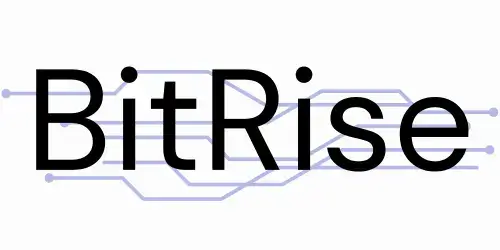Robotic manipulation has always presented a significant challenge in the fields of automation and artificial intelligence, particularly when it comes to tasks that require a high degree of dexterity. Traditional imitation learning methods, which rely on human demonstrations to teach robots complex tasks, have been limited by the need for extensive, high-quality demonstration data. Because of the complexities involved, this requirement often translates into significant human effort, especially for dexterous multi-finger manipulations.

In this context, this paper introduces a new framework, CyberDemo (Figure 2), which uses simulated human demonstrations for real-world robot manipulation tasks. This approach not only mitigates the need for physical hardware, thus enabling remote and parallel data collection, but also significantly improves task performance through dedicated simulator data augmentation techniques (shown in Figure 3). By leveraging these techniques, CyberDemo can generate a data set that is orders of magnitude larger than what could be collected in real-world settings. This capability addresses one of the fundamental challenges in the field: sim2real transfer, where policies trained in simulation are adapted for real-world application.
CyberDemo’s methodology begins with the collection of human demonstrations via teleoperation in a simulated environment using low-cost devices. These data are then enriched through extensive augmentation to include a wide range of visual and physical conditions not present during the initial data collection. This procedure is designed to improve the robustness of the trained policy against real-world variations. The framework uses a curriculum learning strategy for policy making, starting with the augmented dataset and gradually introducing real-world demonstrations to refine the policy. This approach ensures a smooth sim2real transition, handling variations in lighting, object geometry, and initial pose without requiring additional renderings.
The effectiveness of CyberDemo is highlighted by its performance (Figure 4) in various handling tasks. Compared to traditional methods, CyberDemo demonstrates a remarkable improvement in task success rates. Specifically, CyberDemo achieves a success rate ie 35% higher for almost static tasks such as pick and place and 20% higher for non-quasi-static tasks, such as turning a valve, compared to pretrained policies fine-tuned in real demonstrations. Furthermore, in tests involving unseen objects, CyberDemo’s ability to generalize is particularly remarkable, with a success rate of 42.5% on rotating new objects, a significant leap from the performance of conventional methods.
This method is evaluated against several baselines, including state-of-the-art vision pre-training models such as PVR, MVP and R3M, which have been used in the past for robotic manipulation tasks. PVR is based on ResNet50-based MoCo-v2, MVP uses self-supervised learning from a Masked Autoencoder with a Vision Transformer trunk, and R3M combines time contrast learning, video language alignment, and L1 regularization with a ResNet50 trunk. The success of CyberDemo against these established models highlights its efficiency and robustness and ability to outperform models optimized on real-world demonstration datasets.
In conclusion, CyberDemo’s innovative approach, leveraging augmented simulation data, challenges the prevailing belief that real-world demonstrations are paramount to solving real-world problems. The empirical evidence presented through the CyberDemo performance demonstrates the untapped potential of simulation data, enhanced through data augmentation, to outperform real-world data in terms of value for robotic manipulation tasks. While the need to design simulated environments for each task presents an additional level of effort, reducing the required human intervention for data collection and avoiding complex reward design processes offer significant advantages. CyberDemo represents a major step forward in the field of robotic manipulation, offering a scalable and efficient solution to the perennial challenges of sim2real transfer and policy generalization.
check it Paper and Work. All credit for this research goes to the researchers of this project. Also, don’t forget to follow us Twitter and Google news. Participation Our 38k+ ML SubReddit, 41k+ Facebook Community, Discord Channeland LinkedIn Groops.
If you like our work, you will love our work newsletter..
Don’t forget to join us Telegram channel
You might also like ours FREE AI Courses….
![]()
Vineet Kumar is a consulting intern at MarktechPost. He is currently pursuing his degree from the Indian Institute of Technology (IIT), Kanpur. He is a machine learning enthusiast. He is passionate about research and the latest developments in Deep Learning, Computer Vision and related fields.





0 Comments